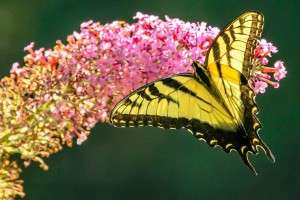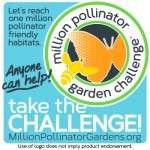 Bee….Supportive Of Our Pollinators
Bee….Supportive Of Our Pollinators
Pollinators, bees, butterflies, moths, birds, bats, as well as others, need your help. They are a huge part of our food chain. They are directly responsible for 90% of our flowering plants as well as one out of three bites of food we take each day. Yet pollinator numbers are declining and their survival is at stake. Habitat destruction, modified food sources, climate change, pathogens, and pesticides are some of the reasons for their decline. More host plants in addition to nectar and pollen sources can improve pollinator health and numbers. Increasing the number of pollinator-friendly locations will also help revive them. Be part of the solution. Here are a few suggestions:
 The National Pollinator Garden Network (NPGN) has created a national challenge to create more pollinator gardens. The NPGN is an unprecedented collaboration of national, regional, and local conservation and gardening organizations. Its founding private nonprofit and garden industry members were convened in Fall 2014, to propose efforts to help restore critical pollinator populations in support of the President’s Executive Strategy to “Promote the Health of Honey Bees and Other Pollinators.” NPGN collectively represents over 800,000 gardeners, 10,000 schoolyard gardens and brings a baseline of 250,000 registered pollinator gardens nationwide from across its five main founding organizations.
The National Pollinator Garden Network (NPGN) has created a national challenge to create more pollinator gardens. The NPGN is an unprecedented collaboration of national, regional, and local conservation and gardening organizations. Its founding private nonprofit and garden industry members were convened in Fall 2014, to propose efforts to help restore critical pollinator populations in support of the President’s Executive Strategy to “Promote the Health of Honey Bees and Other Pollinators.” NPGN collectively represents over 800,000 gardeners, 10,000 schoolyard gardens and brings a baseline of 250,000 registered pollinator gardens nationwide from across its five main founding organizations.
The focus of the NPGN is to inspire individuals and community groups, institutions and the garden industry to create one million more pollinator habitats across the nation by the end of 2016. The NPGN will provide information on sustainable gardening practices, habitat conservation and other tools to help new members be successful. The Network believes by working collectively, we can ensure future generations the continued enjoyment of bees, monarchs, hummingbirds and other pollinators.
Meadow View’s landscape display gardens are part of the challenge. In the thousands of annuals we plant each year, we include pollinator-friendly plants. Several of the trees and shrubs in our gardens also attract pollinators. Regardless of size, no garden is too small or too large to be included in the challenge. From a few pots on your porch to your entire yard, anything can be part of the effort. You can even share photos of your garden online with the NPGN. Working together we can reach the Million Pollinator Gardens goal! Register your garden by going to http://pollinator.org/mpgcmap/register_updated.php. Visit their site, millionpollinatorgardens.org, to learn more.
Here are a few tips to keep in mind when creating your pollinator garden:
- Use a wide variety of plants that bloom from early spring into late fall.
- Pollinators will return more often to an area that provides more than one source of food
- Plant in bundles
- Providing more than one plant of a particular variety allows the pollinator to expend less energy trying to find food
- Avoid modern hybrid flowers, especially those with “doubled” flowers.
- Scientists has developed one characteristic at the expense of another; many of these large blooms do not provide pollen or nectar
- Eliminate pesticides whenever possible.
- If you have to treat your plants, investigate the residual time of the compound being used and time its application so that it does not coincide with pollinator activity, for example late in the evening.
- Include larval host plants in your landscape.
- Many butterflies lay their eggs on specific plant species. These plants then become host and nourishment for the developing caterpillars. These larvae will later pupate into another fluttering butterfly. Remember, without the baby, you have no adults.
- Provide drinking and resting spots.
- Yes, some pollinators need water or mud also and a period of rest!
The following are a few examples of pollinator friendly plants available at MVG:
-Asclepias, Liatris, Monarda, Penstemon, Lobelia Cardinalis, Golden Rod, Echinacea, Agastache, Zinnia
Our “Hummingbird and Butterfly” handout lists many more.
 MVG is a certified Monarch Waystation…You Can Be One Too!
MVG is a certified Monarch Waystation…You Can Be One Too!
What You Can Do
Create, conserve, and protect milkweed/monarch habitats. Without a major effort to restore milkweeds to as many locations as possible, the monarch population is certain to decline to extremely low levels. Help us and help monarchs by creating “Monarch Waystations” (monarch habitats) in home gardens, at schools, businesses, parks, nature centers, along roadsides. For more visit, www.monarchwatch.org/ws.
The following are a few examples of monarch friendly plants available at MVG this spring:
Lantana, Pentas, Salvia, Garden Phlox, Veronica, Sedum, Asclepias, Allium
Stop in to the greenhouse and get your pollinator garden growing today!
MVG Grown - Pollinator Approved






Comments are closed.